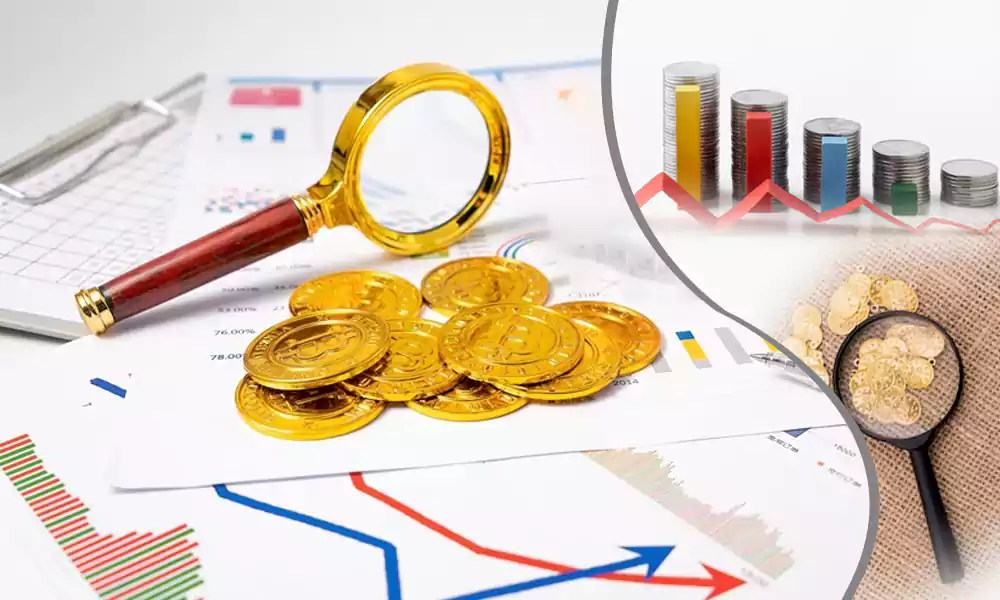

When it comes to investing in gold, nothing quite matches the allure and timeless beauty of gold coins. These small, precious pieces hold immense value and can be a wise addition to any investment portfolio. However, not all gold coins are created equal. Before you embark on your quest to buy gold coins, it’s essential to understand the art of evaluating their condition and quality. This article guides you through the process, providing you with the knowledge needed to make informed decisions.
The first step before buying investment-grade gold coins is to evaluate the images of the gold coin provided by the seller. Ensure the images are clear and high-quality, allowing you to zoom in and examine the coin’s details. Carefully observe both the front and back sides for signs of wear, scratches, dents, or other damages. Pay attention to areas prone to wear, such as the high points of the design, the rim, or the field. If the images are not clear enough, request additional photos or even a video of the coin to better understand its condition.
After the initial visual inspection, it’s time to assess the coin’s grade. Coin grading is a standardized system used to determine the condition and quality of a coin. The most widely recognized grading scale is the Sheldon Coin Grading Scale, which ranges from Poor (P-1) to Perfect Uncirculated (MS-70). Each grade represents a different level of wear, with higher grades indicating superior condition.
Mint State coins refer to coins that have never been in circulation and are considered the highest quality in terms of condition. They are usually graded on a scale from MS-60 to MS-70. MS-70 represents a perfect coin with no visible flaws under 5x magnification, while MS-60 indicates a coin with noticeable imperfections.
Bullions are primarily valued for their gold content rather than their condition. However, it’s still important to evaluate their quality. Examine them for any damage or blemishes that may affect their bullion value, such as scratches or discoloration. Additionally, ensure that the coin’s weight, purity, and authenticity match the specifications provided by the mint.
Some gold coinage are highly sought after by collectors because they are rare and have historical significance. When evaluating rare or collectible coins, factors such as mintage numbers, historical context, and overall demand play a crucial role. In addition to the coin’s condition, these factors can greatly impact its value. If you’re considering investing in rare or collectible coins, it’s advisable to consult with a knowledgeable numismatist or coin dealer who specializes in this area.
Evaluating the condition and quality of gold coinage can be complex, especially for beginners. If you’re uncertain about your ability to make an accurate assessment, it’s wise to seek professional assistance. Coin grading services and reputable bullion dealers can provide expert opinions and certifications, giving you peace of mind in investment decisions.
In summary, evaluating the condition and quality of investment-grade gold coinage requires a keen eye and an understanding of the grading system. Visual inspection, determining coin grades, and considering the specific category of the coin are essential steps in the process. Whether you’re interested in mint state, bullion, or rare collectibles, conducting thorough research and seeking professional advice will help you make informed choices.
Cybersecurity has grown to be a major worry for both individuals and corporations in the… Read More
Key Takeaways: Professional office cleaning services in Atlanta create a positive impression on clients and… Read More
Have you ever considered renting a property in Canada as an international tenant? Navigating the… Read More
GoMeet is a free video chat app similar to CooMeet that enables you to meet… Read More
In the ever-evolving world of digital marketing, on-page SEO remains a fundamental component for achieving… Read More
Did you know that Oud is one of the most loved scents in the world?… Read More